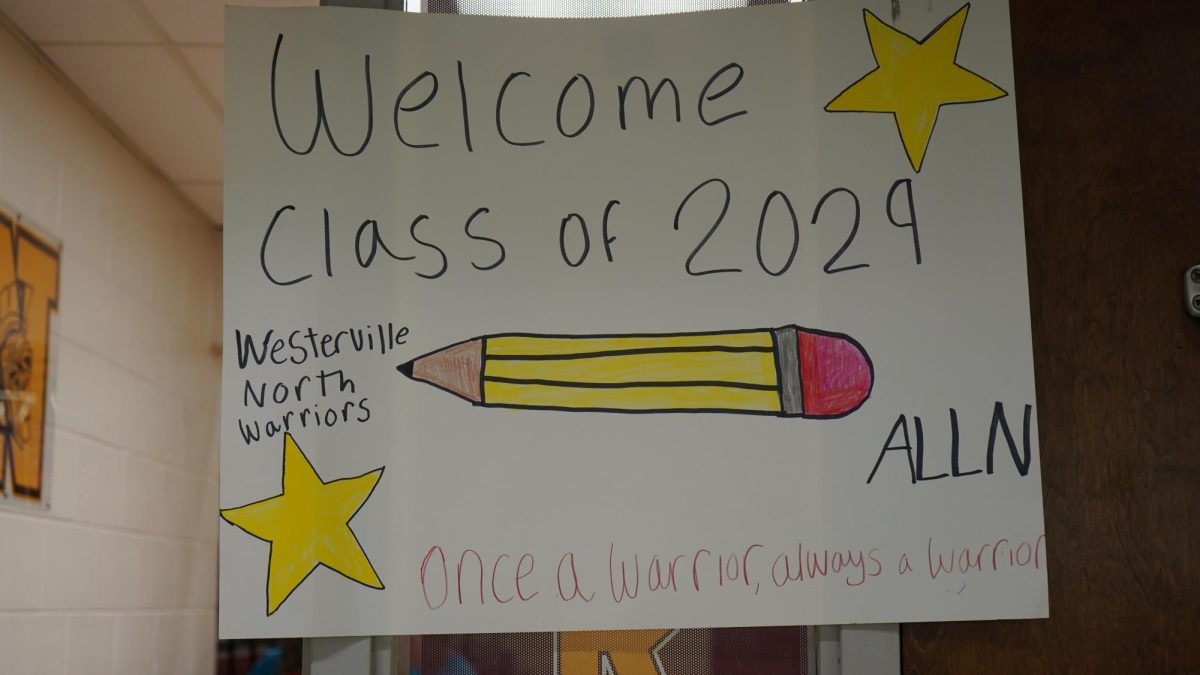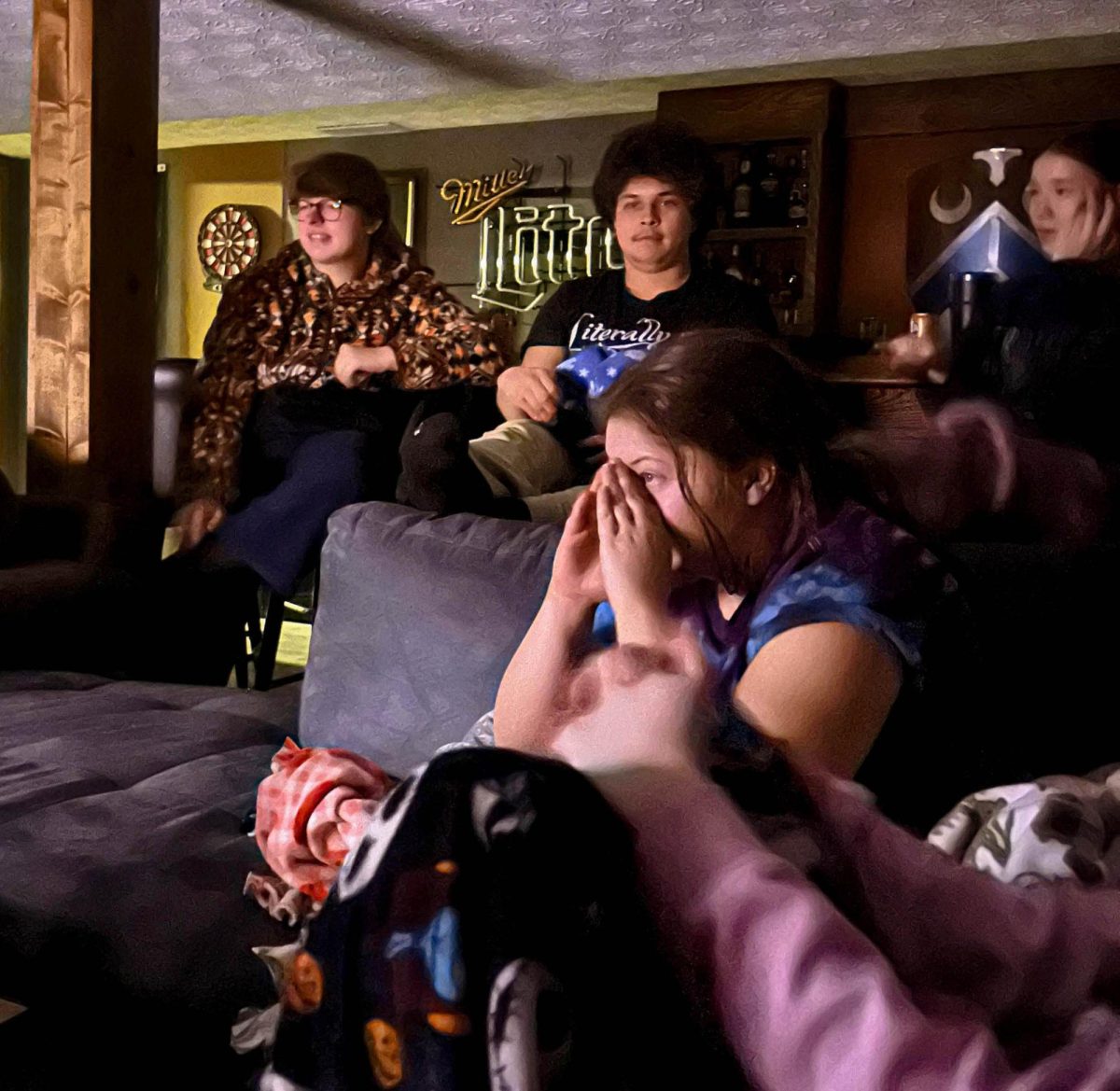The bill banning phones was finalized and signed on June 30, and technically doesn’t go into effect until January 2026. There is also a bill that the House Committee is reviewing, Senate Bill 158, that would “prohibit student cellular telephone use in public schools,” according to the Ohio Legislature. The bill banning phones was finalized and signed on June 30th and technically doesn’t go into effect until January 2026, according to The Columbus Dispatch.
It is unclear why there is both a state budget bill and a standalone Senate bill related to phone use in schools. However, both bills have an initiative to reduce the detrimental effects of phone use in schools. The budget bill has caused Ohio public school districts to adjust their phone policies according to the state.
Westerville City Schools Superintendent Angela Hamberg says that she has “mixed feelings” and is not a “huge fan” of broad state regulations, like this bill. Hamberg explained that a big disadvantage of the ban is the time and energy it takes for teachers to monitor students, take phones, and contact parents because “that is time they don’t have to spend on other things.”
However, Hamberg believes that phones “contribute to a breakdown in some social skill development.” She explains that the ban of phones in places like the lunchroom allows students to talk to their friends instead of “having their nose to their phones.”

The Westerville City School District is “continuing to have conversations to make sure that we’re aligned” across the schools, according to Hamberg.
At Westerville North High School, there is a specific process when it comes to students getting their phones taken away if they are caught with them out during the school day. Principal Kurt Yancey explained that after the first offense, the student’s phone goes to the office, with the administrative team at North looking into getting lockable phone cases as an alternative to the first offense punishment. These phone cases prevent students from using their phones while they’re in their bookbag, and they would be unlocked on their way out of the building.
A second offense results in the student’s phone going to the office, and Yancy says, “The only person that can get it is the parent.” Getting caught for the third time would mean a parent has to pick up the phone and say, “You’re going to look at an in-school suspension,” according to Yancey.

The National Center for Education Statistics states that “52% of public school leaders” say their students were “negatively impacted” by cell phones when it comes to mental health, their focus, and school.
Westerville North English teacher Leslie Baumann says “It’s just stressful” when students are constantly having the “social pressure of what’s happening on your phone.”
Baumann said, “Hopefully [the ban] will eliminate some of those issues that teenagers have”. Baumann also stated that her students are “On task, they talk to each other more. They’re not as distracted” when phones are out of sight.
A concern with the phone ban is the safety of students during a school emergency. Senior at Westerville North, Jeffery Wright, says that if something were to happen at the school, “Students wouldn’t be able to reach their parents.”
Yancey explained that the school has communication devices in place, like School Messenger, to contact parents, adding, “It’s our job to communicate with the outside world.”
While Westerville North High School has had various phone policies in years past, Yancey says, “It’s going to be difficult to get everyone to change their ways.”
Baumann said, “I think it’s going to take a few years,” for students to get used to this phone ban.
Hamberg says, “I would ask that our students try to have an open mind about it.” Adding, “We’re all trying our best to make sure that we have a good learning environment.”























